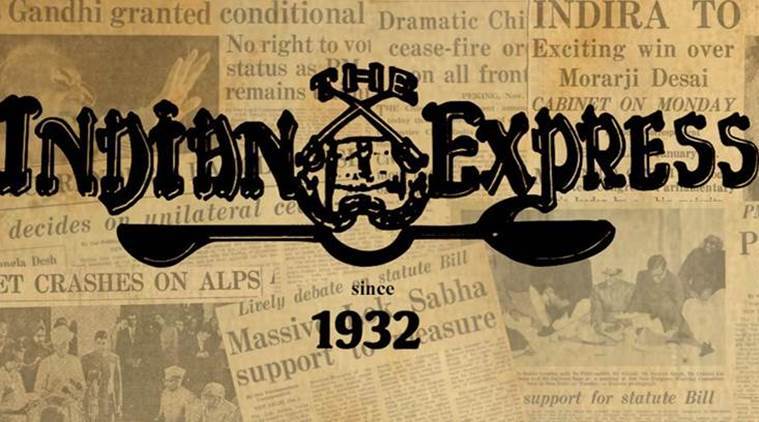Opinion See the viewer
By its conformity and undue deference to authority, Indian TV does itself a great disservice
 indian railways, trains arrival time change, irctc.co.in, train on time, indian railway rule change, indian express
indian railways, trains arrival time change, irctc.co.in, train on time, indian railway rule change, indian express  In the US, political satire on traditional TV offers a searing commentary on President Donald Trump and his regime while recording high viewership ratings.
In the US, political satire on traditional TV offers a searing commentary on President Donald Trump and his regime while recording high viewership ratings.
This is no laughing matter. Shyam Rangeela, 22, appeared on The Great Indian Laughter Challenge, Star Plus, and did what he does best: Mimic, in this case, the Indian Prime Minister. His “Mitron” act has won him instant fame and following on social media. The young comic’s mimicry of Narendra Modi won him many laughs and a standing ovation from the judges, who included actor Akshay Kumar. However, according to Rangeela, more than 20 days after his performance, the channel informed him that his Modi act couldn’t be carried due to its “political” content and invited him to record another performance.
In the US, political satire on traditional TV offers a searing commentary on President Donald Trump and his regime while recording high viewership ratings. In India, however, poking fun at those in power, has, with a few exceptions, seldom progressed beyond cartoon sketches. The proclivity of TV channels, news or entertainment, to practise self-censorship, points towards a deeper malaise in the broadcast industry.
Much of television news and entertainment, especially in the last three years or so, has become increasingly deferential to authority. By all accounts, news TV is privileging noise over the questioning of power and the powerful. General entertainment channels, still imprisoned within the walls of dated saas-bahu formats or mythologicals, have, meanwhile, failed to reflect contemporary life in a younger, constantly changing and more irreverent nation.
Where the Internet now offers limitless space and freedom for creative and intellectual expression, traditional television in India is in danger of strapping itself in a strait jacket of conformity — the censoring of Rangeela is just one illustration. Indian audiences are looking for content that is vibrant and provocative. By refusing to step up to the challenge, however, TV is allowing itself to be pushed to the sidelines, as social media, web portals, streaming channels like Hotstar, Netflix and Amazon rush in and meet the insatiable demand for more engaging information and entertainment.
At a time when mob censorship, most recently faced by the film Mersal, is challenging freedom of speech and artistic autonomy, self-censorship signals television channels’ self inflicted wounds. Television stands in danger of scripting its own irrelevance if it doesn’t wake up and see the viewer.


